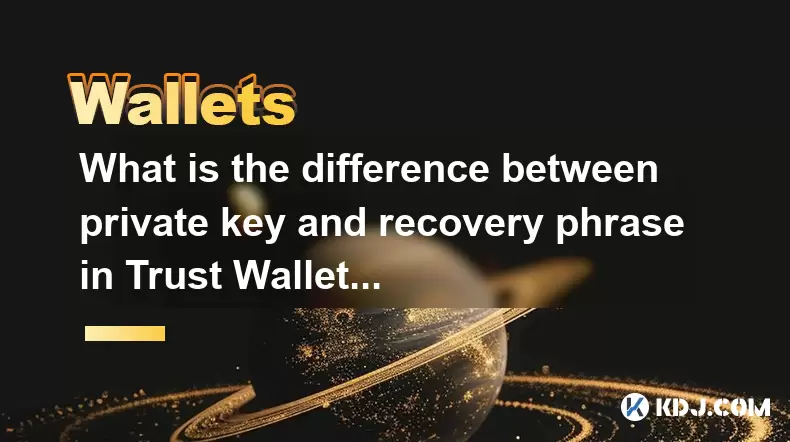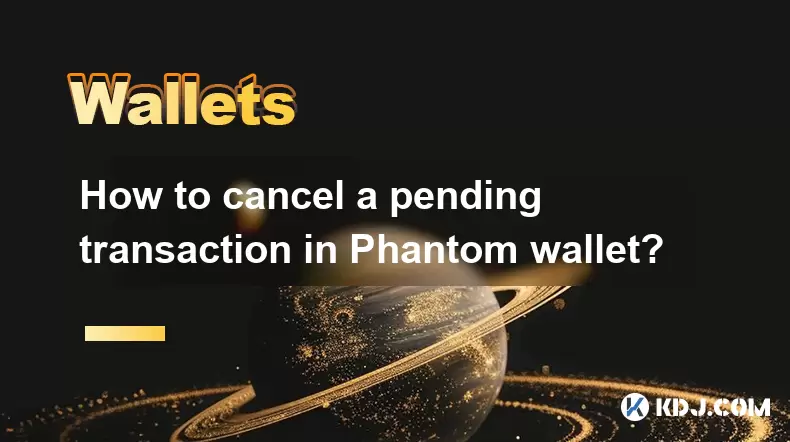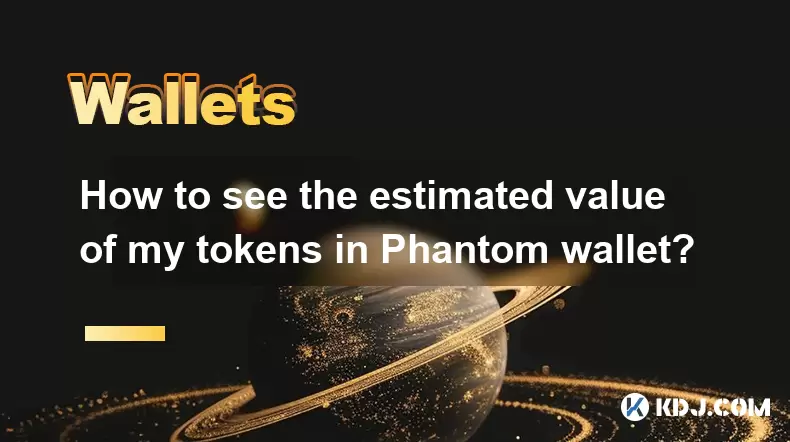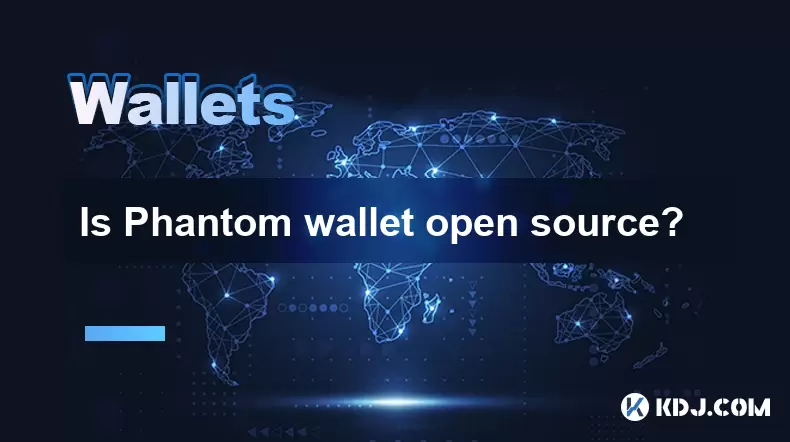-
 Bitcoin
Bitcoin $109,060.5091
-0.60% -
 Ethereum
Ethereum $2,554.0291
-1.47% -
 Tether USDt
Tether USDt $1.0003
0.00% -
 XRP
XRP $2.2391
-2.33% -
 BNB
BNB $659.7691
-0.31% -
 Solana
Solana $150.5458
-2.56% -
 USDC
USDC $1.0000
0.00% -
 TRON
TRON $0.2873
1.05% -
 Dogecoin
Dogecoin $0.1669
-3.75% -
 Cardano
Cardano $0.5827
-3.21% -
 Hyperliquid
Hyperliquid $38.9857
-3.92% -
 Sui
Sui $2.9281
-3.02% -
 Bitcoin Cash
Bitcoin Cash $482.7177
-4.36% -
 Chainlink
Chainlink $13.3876
-2.65% -
 UNUS SED LEO
UNUS SED LEO $9.0546
0.46% -
 Avalanche
Avalanche $18.1281
-3.21% -
 Stellar
Stellar $0.2404
-1.65% -
 Toncoin
Toncoin $2.8065
-2.82% -
 Shiba Inu
Shiba Inu $0.0...01158
-2.97% -
 Litecoin
Litecoin $88.4252
-2.90% -
 Hedera
Hedera $0.1559
-2.34% -
 Monero
Monero $319.4730
-2.17% -
 Polkadot
Polkadot $3.4421
-4.06% -
 Dai
Dai $1.0000
0.00% -
 Ethena USDe
Ethena USDe $1.0002
0.01% -
 Bitget Token
Bitget Token $4.4632
-2.78% -
 Uniswap
Uniswap $7.3746
-3.91% -
 Pepe
Pepe $0.0...09800
-6.01% -
 Aave
Aave $269.6237
-3.51% -
 Pi
Pi $0.4834
-3.35%
What is the difference between private key and recovery phrase in Trust Wallet?
In Trust Wallet, private keys and recovery phrases are essential for securing your crypto, with the former granting access to specific wallets and the latter acting as a universal backup.
Jul 04, 2025 at 08:00 am

Understanding Private Keys in Trust Wallet
In the world of cryptocurrency, private keys are one of the most critical components for securing your digital assets. Within Trust Wallet, a private key is a unique alphanumeric string that grants access to a specific blockchain address. It functions like a secret password, allowing users to sign transactions and prove ownership of funds.
Each wallet created in Trust Wallet comes with a corresponding private key, which is stored locally on the user's device and never transmitted to any server. This ensures that only the owner has control over their assets. However, it also means that if someone gains access to your private key, they can fully control your wallet. For this reason, never share your private key with anyone and avoid storing it in unsecured locations.
It’s important to note that private keys cannot be recovered by Trust Wallet if lost. Once deleted or misplaced, there is no way to regenerate them unless you have a backup method in place, such as a recovery phrase.
The Role of Recovery Phrases in Trust Wallet
A recovery phrase, often referred to as a seed phrase, is a sequence of 12 or 24 words generated during the wallet creation process in Trust Wallet. Unlike a private key, which is specific to one wallet address, a recovery phrase acts as a master key for all wallets derived from it. This makes it a more versatile and secure option for backing up your assets.
The recovery phrase is generated using the BIP-39 standard, ensuring compatibility across various wallet platforms. When you create a new wallet in Trust Wallet, you're prompted to write down and securely store these words in the correct order. This phrase enables you to restore your entire wallet, including all associated private keys and addresses, even if you lose access to your device.
Because the recovery phrase provides access to multiple wallets, it should be treated with the utmost care. Storing it in a safe physical location, such as a fireproof safe, is highly recommended. Avoid taking screenshots or saving it digitally unless encrypted and stored offline.
Differences Between Private Key and Recovery Phrase
While both private keys and recovery phrases play essential roles in securing your cryptocurrency, they serve different purposes within Trust Wallet.
A private key grants access to a single wallet address and must be backed up individually if you plan to use multiple wallets. On the other hand, a recovery phrase serves as a universal backup for all wallets derived from the same seed. This distinction makes recovery phrases more convenient and scalable for managing multiple cryptocurrencies and accounts.
Another key difference lies in how they are used for restoration. If you lose your private key, you can only recover the specific wallet associated with that key. However, with a recovery phrase, you can restore your entire wallet structure, including all private keys and public addresses, across different devices or wallet apps.
Security-wise, both require strict protection measures, but recovery phrases offer an added layer of convenience without compromising security when handled correctly.
How to Access Your Private Key in Trust Wallet
To view your private key in Trust Wallet, follow these steps:
- Open the Trust Wallet app on your mobile device.
- Select the wallet address for which you want to view the private key.
- Navigate to the "Settings" section within the app.
- Choose the "Wallets" option and locate the desired wallet.
- Tap on the three dots next to the wallet address and select "Export Private Key."
- You will be prompted to enter your wallet password to proceed.
- Once authenticated, your private key will be displayed on the screen.
Be cautious when viewing or exporting private keys. Ensure that no one is watching your screen and that you do not copy or store the key on any online platform. After viewing, close the screen immediately and ensure the information is not saved anywhere accessible to others.
How to Use a Recovery Phrase to Restore Your Wallet
If you need to restore your Trust Wallet using a recovery phrase, follow these instructions carefully:
- Install and open the Trust Wallet app on your new device.
- When prompted, choose the option to "Import Wallet."
- Enter your recovery phrase exactly as it was provided, ensuring the word order matches precisely.
- Set a new password for your restored wallet.
- Trust Wallet will then synchronize all your previous wallets and balances automatically.
This process restores all your previously created wallets, including Ethereum, Binance Smart Chain, and any other supported blockchains. The recovery phrase essentially regenerates all private keys associated with your original wallet setup.
Make sure that you double-check each word before proceeding, as entering even a single incorrect word can lead to accessing a completely different wallet or losing access to your funds permanently.
Best Practices for Securing Both Private Keys and Recovery Phrases
Securing your private key and recovery phrase is crucial for maintaining control over your digital assets. Here are some best practices to consider:
- Never share your private key or recovery phrase with anyone, regardless of who they claim to be.
- Avoid storing either in plain text on your phone, computer, or cloud services like Google Drive or iCloud.
- Write down your recovery phrase on paper and store it in a secure, offline location such as a safe or safety deposit box.
- If you choose to store your recovery phrase digitally, use hardware solutions like encrypted USB drives kept offline.
- Consider using metal backups designed specifically for recovery phrases to protect against fire or water damage.
- Regularly audit your wallet access points and ensure no unauthorized devices have imported your recovery phrase.
By following these guidelines, you significantly reduce the risk of losing access to your cryptocurrency or falling victim to theft.
Frequently Asked Questions (FAQ)
Q: Can I change my private key in Trust Wallet?
No, you cannot manually change your private key in Trust Wallet. The private key is generated when the wallet is created and remains fixed. To alter access, you would need to create a new wallet and transfer your funds accordingly.
Q: Is it possible to use the same recovery phrase in multiple wallet apps?
Yes, since recovery phrases follow the BIP-39 standard, they can be used across compatible wallet applications. However, always ensure you’re using trusted and reputable wallets to avoid potential security risks.
Q: What happens if I lose both my private key and recovery phrase?
Unfortunately, if you lose both, there is no way to recover your wallet or its contents. Trust Wallet does not store any user data remotely, so access depends entirely on your local backups.
Q: Should I keep multiple copies of my recovery phrase?
It’s advisable to have at least two secure copies stored in separate, safe locations. This helps prevent loss due to accidents like fire or theft while ensuring redundancy without increasing exposure.
Disclaimer:info@kdj.com
The information provided is not trading advice. kdj.com does not assume any responsibility for any investments made based on the information provided in this article. Cryptocurrencies are highly volatile and it is highly recommended that you invest with caution after thorough research!
If you believe that the content used on this website infringes your copyright, please contact us immediately (info@kdj.com) and we will delete it promptly.
- Bitcoin's Pattern Break: Are HODLers the Key to the Next Surge?
- 2025-07-04 18:50:12
- Bitcoin Price, Trump's Bill, and the $150K Dream: A NYC Take
- 2025-07-04 19:50:12
- Ethereum, LILPEPE, and the July Bounce: Will Pepe Steal ETH's Thunder?
- 2025-07-04 19:10:12
- Binance Institutional Loans: Unlocking 4x Leverage and Zero Interest for Whales
- 2025-07-04 19:15:12
- Bitcoin Bull Run: Analysts Eye Peak in Late 2025?
- 2025-07-04 19:20:13
- Pepe Indicators, Bullish Forecast: Can the Meme Coin Rally?
- 2025-07-04 19:25:12
Related knowledge

How to cancel a pending transaction in Phantom wallet?
Jul 03,2025 at 07:21pm
Understanding Pending Transactions in Phantom WalletA pending transaction in the Phantom wallet occurs when a user initiates a transfer or interaction with the Solana blockchain, but it hasn't yet been confirmed by the network. This can happen due to various reasons such as low transaction fees, network congestion, or incorrect gas settings. It's import...

How to see the estimated value of my tokens in Phantom wallet?
Jul 04,2025 at 12:21am
What is Phantom Wallet?Phantom wallet is one of the most popular cryptocurrency wallets designed for the Solana blockchain. It allows users to store, send, receive, and manage various tokens built on Solana, including SPL tokens and NFTs. The wallet offers a user-friendly interface, making it accessible for both beginners and advanced users in the crypt...

How to lock my Phantom wallet extension?
Jul 03,2025 at 11:14am
What Is the Phantom Wallet and Why Lock It?The Phantom wallet is a popular non-custodial cryptocurrency wallet designed for interacting with the Solana blockchain. Supporting both browser extensions and mobile apps, Phantom allows users to store, send, receive, and stake SOL tokens, as well as interact with decentralized applications (dApps). Securing y...

Does Phantom wallet offer two-factor authentication (2FA)?
Jul 03,2025 at 09:00am
Understanding Phantom Wallet and Its Security FeaturesPhantom wallet is a widely used non-custodial cryptocurrency wallet that supports the Solana blockchain. It allows users to store, send, receive, and interact with decentralized applications (dApps) seamlessly. As security is a top priority for any crypto wallet user, security features like two-facto...

What is "rent" on Solana and how does it affect my Phantom wallet?
Jul 02,2025 at 08:35pm
Understanding 'Rent' on SolanaIn the context of Solana, the term 'rent' refers to a storage fee that users pay for maintaining data on the blockchain. Unlike Ethereum, where storage costs are paid once via gas fees during contract deployment, Solana implements a recurring cost model to ensure efficient usage of network resources. This means that any acc...

Is Phantom wallet open source?
Jul 03,2025 at 12:29am
What is Phantom Wallet?Phantom wallet is a non-custodial cryptocurrency wallet primarily designed for the Solana blockchain. It allows users to store, send, receive, and interact with decentralized applications (dApps) on the Solana network. The wallet is available as a browser extension and mobile application, offering a seamless experience for both be...

How to cancel a pending transaction in Phantom wallet?
Jul 03,2025 at 07:21pm
Understanding Pending Transactions in Phantom WalletA pending transaction in the Phantom wallet occurs when a user initiates a transfer or interaction with the Solana blockchain, but it hasn't yet been confirmed by the network. This can happen due to various reasons such as low transaction fees, network congestion, or incorrect gas settings. It's import...

How to see the estimated value of my tokens in Phantom wallet?
Jul 04,2025 at 12:21am
What is Phantom Wallet?Phantom wallet is one of the most popular cryptocurrency wallets designed for the Solana blockchain. It allows users to store, send, receive, and manage various tokens built on Solana, including SPL tokens and NFTs. The wallet offers a user-friendly interface, making it accessible for both beginners and advanced users in the crypt...

How to lock my Phantom wallet extension?
Jul 03,2025 at 11:14am
What Is the Phantom Wallet and Why Lock It?The Phantom wallet is a popular non-custodial cryptocurrency wallet designed for interacting with the Solana blockchain. Supporting both browser extensions and mobile apps, Phantom allows users to store, send, receive, and stake SOL tokens, as well as interact with decentralized applications (dApps). Securing y...

Does Phantom wallet offer two-factor authentication (2FA)?
Jul 03,2025 at 09:00am
Understanding Phantom Wallet and Its Security FeaturesPhantom wallet is a widely used non-custodial cryptocurrency wallet that supports the Solana blockchain. It allows users to store, send, receive, and interact with decentralized applications (dApps) seamlessly. As security is a top priority for any crypto wallet user, security features like two-facto...

What is "rent" on Solana and how does it affect my Phantom wallet?
Jul 02,2025 at 08:35pm
Understanding 'Rent' on SolanaIn the context of Solana, the term 'rent' refers to a storage fee that users pay for maintaining data on the blockchain. Unlike Ethereum, where storage costs are paid once via gas fees during contract deployment, Solana implements a recurring cost model to ensure efficient usage of network resources. This means that any acc...

Is Phantom wallet open source?
Jul 03,2025 at 12:29am
What is Phantom Wallet?Phantom wallet is a non-custodial cryptocurrency wallet primarily designed for the Solana blockchain. It allows users to store, send, receive, and interact with decentralized applications (dApps) on the Solana network. The wallet is available as a browser extension and mobile application, offering a seamless experience for both be...
See all articles

























































































